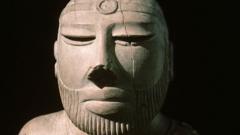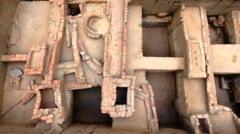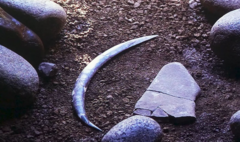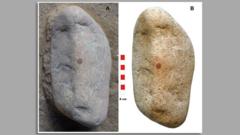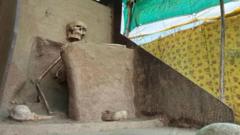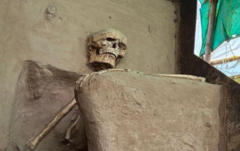Every week, computer scientist Rajesh PN Rao receives messages from countless individuals convinced they have cracked the enigmatic Indus script, a series of ancient symbols unearthed from the ruins of the Indus Valley Civilization. Embracing these claims are predominantly Indian or Indian-origin enthusiasts, ranging from engineers to retirees. This speculation has recently intensified thanks to Tamil Nadu Chief Minister MK Stalin, who has boldly offered a $1 million reward for anyone who succeeds in deciphering this ancient code.
The Harappan civilization, which thrived approximately 5,300 years ago in parts of modern-day India and Pakistan, is lauded as one of the earliest urban societies. With over 2,000 archaeological sites discovered, the community articulated their life through undeciphered symbols on stone seals and pottery. Yet, the reasons for its eventual decline remain shrouded in uncertainty, compounded by the mystery surrounding its writing system.
For over a century, researchers and linguists have attempted to decode it, with hypotheses linking the script to various ancient languages, including early Brahmi, Dravidian, and Indo-Aryan. Notably, Asko Parpola, a prominent Indologist, emphasizes that the Indus script is one of the most crucial undeciphered scripts known to exist. Yet, the theories often leap to fantastic conclusions, directly associating the script with spiritual beliefs, overlooking its tangible associations with trade.
Decoding the Indus script poses numerous challenges. The total known quantity of inscriptions stands at roughly 4,000, mostly found on small mundane objects. Each inscription averages only about five symbols, predominantly found on seals that feature a distinct animal motif, often a unicorn, next to an enigmatic object. The absence of a bilingual artifact akin to the Rosetta Stone further complicates the quest for understanding this civilization's language.
Recent advancements have emerged from the intersection of technology and archaeology. Researchers like Nisha Yadav from the Tata Institute of Fundamental Research in Mumbai employ machine learning to unravel the script's underlying structure and patterns. Analyzing a digitized dataset of Indus signs revealed some intriguing correlations, although uncertainties remain regarding their grammatical and contextual meaning.
While ancient scripts like Linear A from Crete and Proto-Elamite face similar decipherment hurdles, the quest to unlock the Indus script remains particularly pronounced. Stalin's announcement, following a study suggesting connections between the Indus script and ancient Tamil graffiti symbols, underlines a cultural renaissance aimed at reclaiming Tamil heritage amidst political discourse with nationalistic undertones.
Despite researchers' hopes, it’s clear that a breakthrough may remain elusive for some time. Comprehensive databases have been assembled to aid in future interpretations, but clarity on what the ancient inhabitants inscribed remains a grand mystery. As Yadav poignantly states, the ambition to unlock these secrets continues, as scholars collectively ponder, "What did the Indus people write?"

